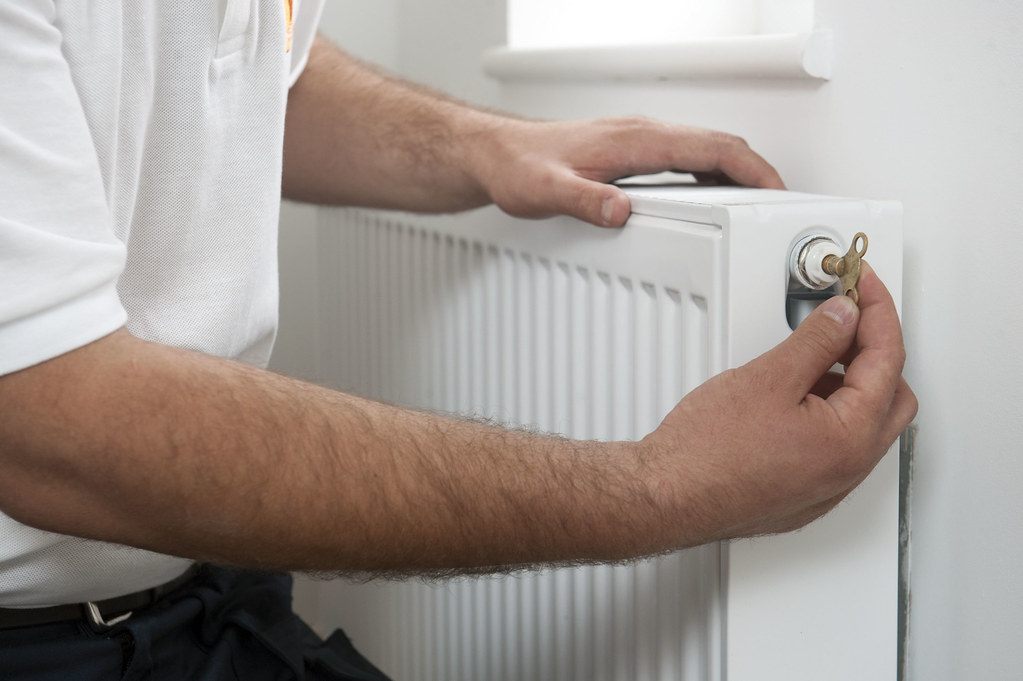Keeping your home warm during the winter months can be a challenge, especially if your home is older or poorly insulated. Understanding the science of insulation and heat loss can help you take steps to improve the efficiency of your home’s heating system and keep your living space cozy and comfortable. In this article, we’ll explore the basics of insulation and heat loss, and provide tips on how to maximize your home’s heating efficiency on a budget. Whether you’re a homeowner or a renter, these proven techniques will help you solve cold home problems and create a warm and inviting living space.
Understanding Insulation: What It Is and How It Works
Insulation is a material that is used to slow the transfer of heat from one space to another. It’s typically made from materials like fiberglass, cellulose, or foam, and is used in walls, attics, floors, and around windows and doors to help keep your home warm in the winter and cool in the summer. The R-value of insulation refers to its resistance to heat flow, with a higher R-value indicating better insulation. The recommended R-value for insulation in a home depends on the climate and the type of space being insulated.

The Importance of Proper Insulation
Proper insulation is crucial for keeping your home warm and reducing heat loss. If your home is poorly insulated, it can lead to higher energy bills, drafts, and cold spots in your living space. In addition, poor insulation can also contribute to mold and mildew growth, and make it difficult to maintain a consistent temperature in your home. By understanding the importance of proper insulation and taking steps to improve it, you can help keep your home warm and reduce energy costs.
DIY Insulation Projects for a More Efficient Home
There are a variety of DIY insulation projects that can help improve the efficiency of your home’s heating system. Some of the most cost-effective techniques include:
Weatherstripping windows and doors
This simple and inexpensive technique can help seal drafts and reduce heat loss.
Adding insulation to your attic
Insulating your attic is one of the most effective ways to improve your home’s energy efficiency and reduce heat loss.
Sealing air leaks
Use caulk or spray foam to seal gaps and cracks around windows, doors, and other areas where air can leak out of your home.
Installing window film
This affordable solution can help improve the insulation of your windows and reduce heat loss.
Maximizing Heating Efficiency: Tips and Tricks
In addition to improving your home’s insulation, there are a number of other steps you can take to maximize your heating efficiency and keep your home warm during the winter months. These include:
Lowering your thermostat
Lowering your thermostat by just a few degrees can have a significant impact on your energy costs and help keep your home warm.
Using a programmable thermostat
A programmable thermostat can help you control the temperature of your home more efficiently and save money on energy costs.
Using space heaters
Space heaters can be a cost-effective way to heat specific rooms or areas of your home without raising the temperature of your entire living space.
Adding rugs and carpets
Rugs and carpets can help insulate your floors and reduce heat loss.
Keeping your home warm during the winter months doesn’t have to be expensive or complicated. By understanding the basics of insulation and heat loss, and taking steps to improve the efficiency of your home’s
